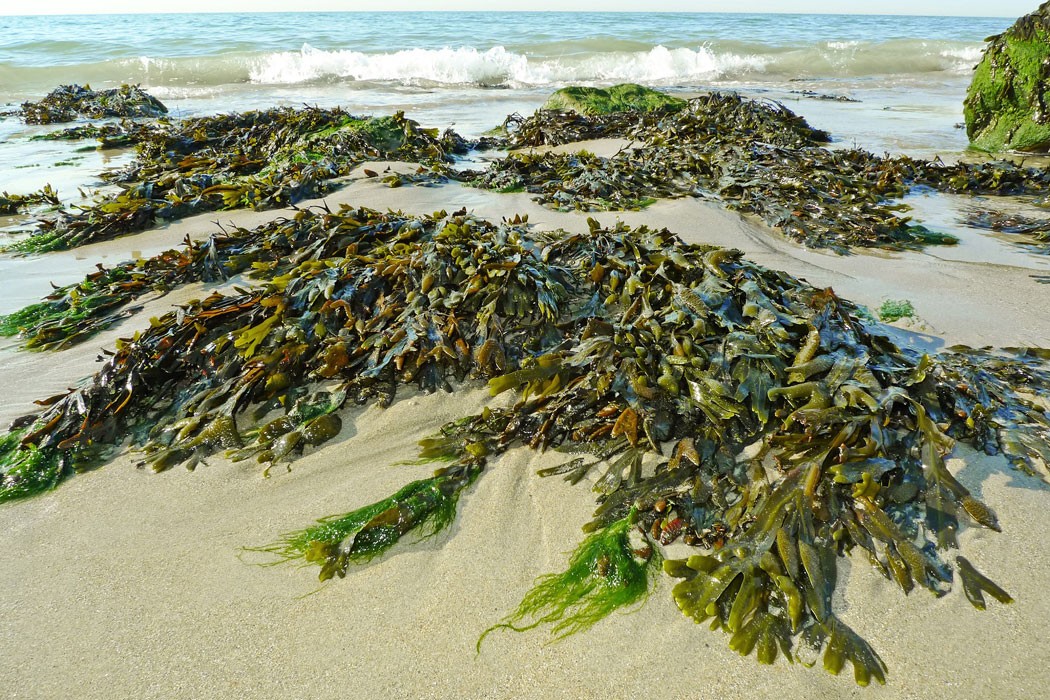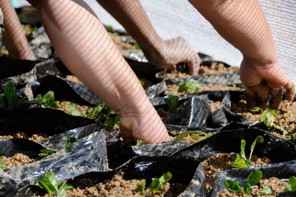You eat it in your favourite sushi or get annoyed when your feet become tangled in it during a dive. But you probably don’t realise just how beneficial seaweed can be for the oceans. It might just become the oceans’ saving grace.
Seaweed has many roles under the water. For starters, it helps to provide homes for marine life that are shielded by it. Kelp can help to prevent algal blooms, which release chemicals that kill fish and are responsible for causing neurotoxic shellfish poisoning. Seaweed could also help to reduce carbon dioxide emissions that are putting marine life in jeopardy.
Up to a quarter of greenhouse gas emitted from burning fossil fuels gets absorbed by the sea, which makes its waters acidic. This is the equivalent of eight pounds per person on land, which is about 20 trillion pounds annually! All this carbon dioxide puts strain on marine life, destroying the shells of various species, such as lobsters, sea butterflies and crabs. But even other organisms, such as squid and fish, are being affected by this ocean acidification that can have disastrous consequences, inhibiting the development of species and reducing their ability to produce.
Since seaweed absorbs carbon dioxide, creating algae and seaweed farms would be a good idea to absorb higher amounts of CO2 and slow down the process of acidification. With so much CO2 emissions occurring, this farming would have to be done on a huge scale.
While seaweed can be a viable option for decreasing CO2 in the water, however, this would only be one part of the strategy: it’s still up to us to tackle the root of the problem, which is to reduce our CO2 emissions.
For World Oceans Day that’s coming up on the 8 June, there are so many things you can do to decrease your CO2 emissions and help the oceans:
- Plant a tree! Just one young tree absorbs 13 pounds of CO2 every year, and this increases as the tree grows older.
- Buy local food. Here’s a scary stat: food will travel an average of 1,500 miles from the farm to the supermarket. Find foods that are grown closer to your home to prevent these carbon miles.
- Now that winter’s here, insulate and seal your home properly so that you are protected from the cold without requiring lots of energy to create heat indoors.
- Try to leave your car behind as much as possible, choosing to walk or cycle whenever you can. Doing this just twice a week can lower your greenhouse gases by up to two tons every year!
Image credit: Fauna & Flora/Dollar Photo Club











